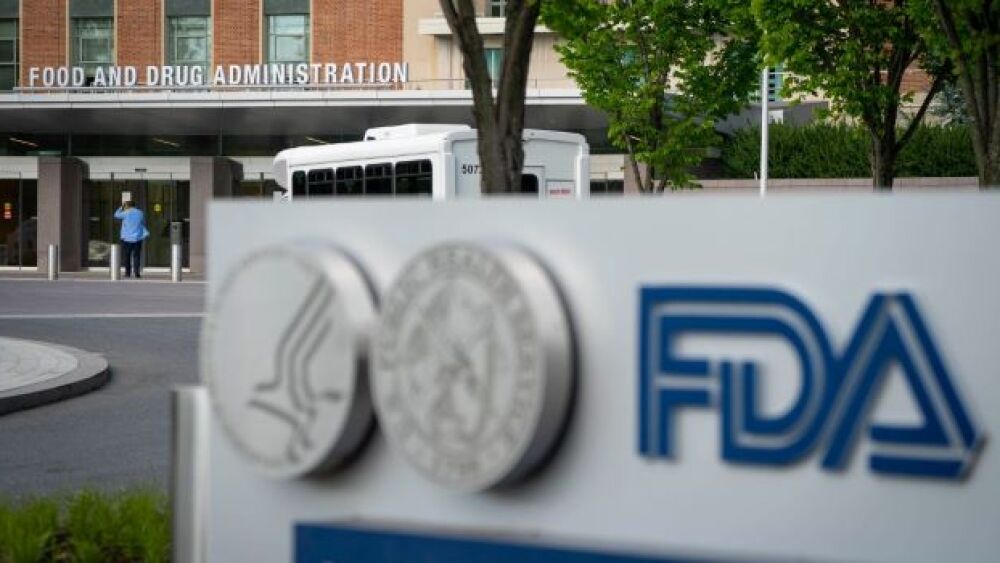Monday, Verve Therapeutics revealed that the FDA has officially requested several buckets of additional safety information to lift the hold on its lead candidate, VERVE-101.
Courtesy of Sarah Silbiger/Getty Images
The FDA appears to be taking an ultra-cautious approach with base editing technology. Monday, Verve Therapeutics revealed that the FDA has officially requested several buckets of additional safety information to lift the hold on its lead candidate, VERVE-101.
VERVE-101 is being studied as a possible one-time treatment for a form of dangerously high cholesterol. Specifically, the company noted in an 8-K filing with the SEC that regulators are asking for more preclinical data on the potency differences between human and non-human cells, risks of germline editing and off-target analyses in non-hepatocyte cells.
The FDA placed the clinical hold on VERVE-101 last November.
Additionally, the FDA is reportedly asking the biotech to provide the available data from the ongoing heart-1 trial, as well as a trial protocol modification in the U.S. that would incorporate additional contraceptive measures and increase the length of the staggering interval between dosing of participants. The biotech noted in the 8-K filing that it intends to submit a response to U.S. regulators as expeditiously as possible.
VERVE-101 is being developed as a one-time treatment for patients with heterozygous familial hypercholesterolemia (HeFH), a genetic condition that causes high levels of LDL-C. HeFH is a life-threatening subtype of atherosclerotic cardiovascular disease, which increases the risks for catastrophic cardiovascular events, such as stroke.
A Verve spokesperson told BioSpace that outside of the information in the 8-K, the company has no further comment at this time.
Base Editing Gets the CRISPR Treatment
On July 29, 2022, FDA regulators placed a clinical hold on Beam Therapeutic’s based-edited cell therapy, BEAM-201, over several key safety concerns. On Friday, the biotech announced that the FDA lifted its hold on BEAM-201, allowing the next-generation gene therapy to move forward in a Phase I trial for relapsed/refractory T-cell acute lymphoblastic leukemia.
Taken together, Verve and Beam’s respective clinical holds show that safety is going to be of paramount importance to U.S. regulators as base editing candidates enter human trials.
That’s not an altogether surprising development. The FDA, after all, took a similar stance when human trials for CRISPR gene-edited therapies first began in the U.S. nearly six years ago.
Today, Vertex Pharmaceuticals and CRISPR Therapeutics are close to filing for regulatory approvals for the gene-edited blood disorder therapy, exa-cel, in the EU, the U.K. and the U.S. So, if history is any guide, the FDA’s cautious approach to base-editing probably won’t be a showstopper for this next phase of the gene editing revolution.





